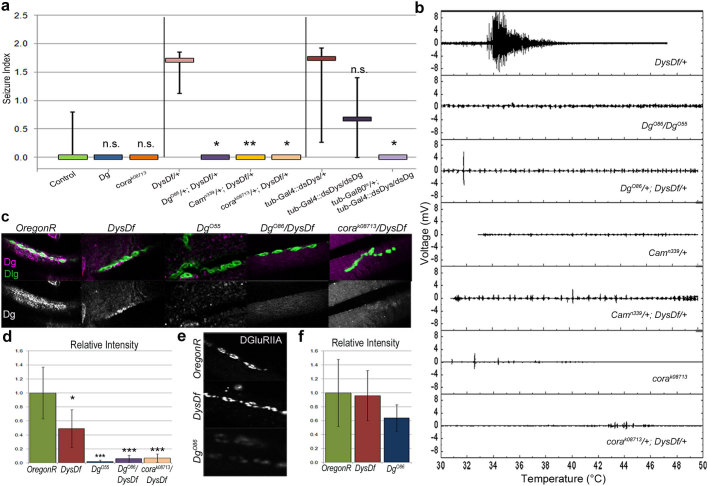Figure 3. Loss of Dystroglycan, Coracle or Calmoduline represses the seizure phenotype of Dystrophin mutants.
(a) Seizure indices show that Dg and cora mutants do not have seizures (Table 1) and mutations in Dg, Cam or cora suppress the seizure phenotype in Dys transheterozygous animals (P = 0.032, 0.006 and 0.017 respectively when compared to Dys/+ animals). Animals carrying RNAi constructs against both Dys and Dg also showed a 50% decrease in seizure activity when downregulated during development and 17% when downregulated after development indicating a repression of the phenotype by downregulation of Dg (P = 0.072 and 0.017 respectively compared to Dys RNAi mutant, Table 1). Statistics were done using a one-tailed Mann-Whitney U-test. (b) Electrical output from IFM vs. temperature. (c) In control animals Dg (magenta) is localized to the NMJ. Dys mutants have a decreased amount of Dg at the NMJ, but some Dg localization is still observed. Dg mutants have no Dg localized to the NMJ. Transheterozygous animals (Dg/+;Dys/+, cora/+;Dys/+) show a significant decrease in Dg staining at the NMJ as well. The overall structure and presence of NMJs does not appear to be altered in the mutants as can be seen via Dlg staining (green). (d) In adult abdominal NMJs DGluRIIA is localized similarly in Dys mutants as in the wild type (OregonR) animals; however, Dg loss-of-function mutants have a decreased amount of the receptor. Statistics on relative intensities were done using a Student's t-test compared to OregonR where the error bars represent the average deviation from the mean. *P ≤ 0.05, **P ≤ 0.01, ***P ≤ 0.001.

